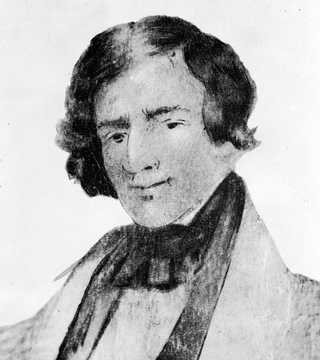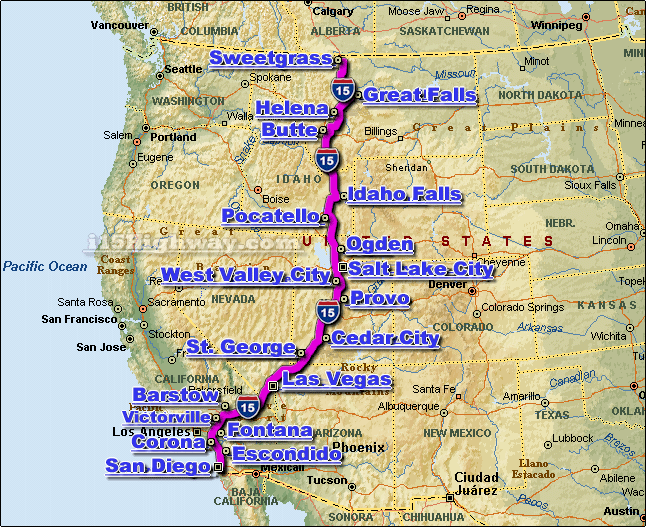 Not all furs are created equal. In Europe, beavers and other fur bearing animals were going extinct and their fur was meek in comparison to the thick, warm furs grown on the backs of Rocky Mountain beavers. The cold weather and water allows these animals to grow luxurious and coveted furs that are better than those from anywhere else, commanding higher and higher prices. Trapping technologies advance with the coming of cheaper metal traps that are baited with beaver scent glands. The designs are so good that they are still in use today.
Not all furs are created equal. In Europe, beavers and other fur bearing animals were going extinct and their fur was meek in comparison to the thick, warm furs grown on the backs of Rocky Mountain beavers. The cold weather and water allows these animals to grow luxurious and coveted furs that are better than those from anywhere else, commanding higher and higher prices. Trapping technologies advance with the coming of cheaper metal traps that are baited with beaver scent glands. The designs are so good that they are still in use today. 
Perhaps two of the most popular western adventurers, Lewis and Clark, discovered beavers in the millions throughout the Rockies. They also found that local Indians will trade common goods for the furs readily and easily. By 1823 there were 300 mountain men pusuing these furs in the Rockies. The mortality rate was high; one in five die. Grizzly bears proved to be violent advocaries just as other large carnivores, the cruel weather and the simple fact that to maintain their life style, mountain men must consume at least six thousand calories a day.

Jedediah Smith was one of the most successful trappers in the west. Every year, he walked one thousand miles through the mountains and valleys, trapping six hundred beavers a season. These pelts were equivalent to three years’ worth of pay in the East. Smith is different from other traders as he made a strong effort to work with the natives. In return, they showed him fertile valleys and rivers, nursed his sick men and sold him horses. Jedediah opened the west; his trails were soon traversed by settlers, then wagons and even now, Interstate 15 follows in Smith’s footsteps.




No comments:
Post a Comment